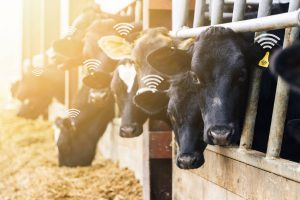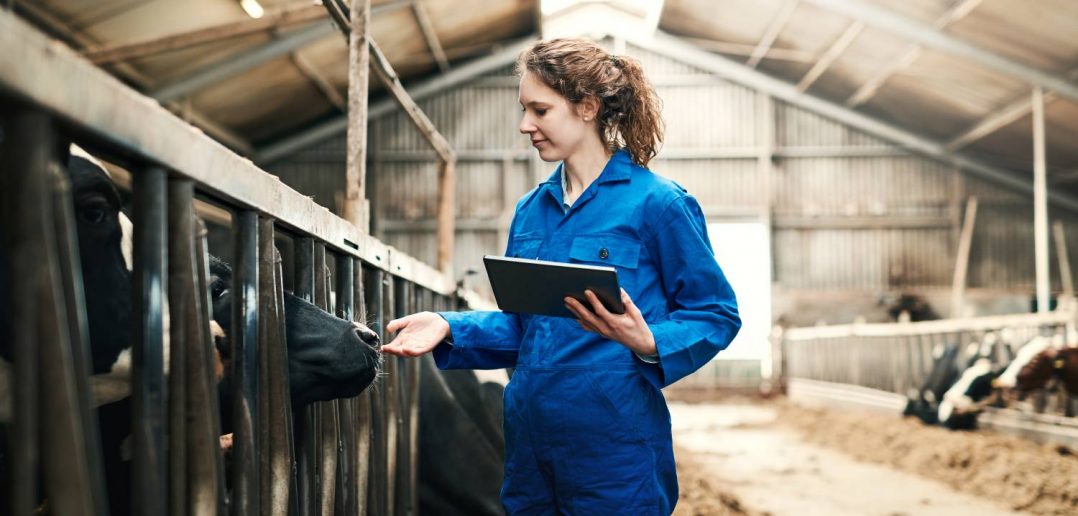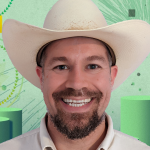The COVID-19 pandemic challenged agriculture and supply chains, but the overarching resilience of agriculture around the world speaks to the industry's efficiency, built-in redundancy and indispensability. In the US, flourishing interactions between government, industry and academic stakeholders underscore how ag represents unity and consilience.
And there may be no better example of the rich ag-rooted collaboration between government, industry and academia than SAS. The founders of SAS came from a long heritage of statistical analysis at North Carolina State University operating within a collaborative framework of University Statisticians of the Southern [Agricultural] Experiment Stations. The first project of what became the Statistical Analysis System was a federally funded program to analyze data on crops and cows.
“We originally designed SAS® software to analyze data on nine cows,” co-founder and Executive Vice President John Sall once quipped, “Well, we over-engineered it.”
As a company, SAS has come a long way from the fledgling university spin off founded on July 1, 1976. But, a few themes unify the past and present:
Elegance through simplicity
The original SAS program facilitated data input and analysis in just a few lines of code (the DATA step and the PROC step). Today, SAS Visual Analytics changes the paradigm of data science, allowing practitioners to perform complicated analyses through easy visualizations. We are ready to collaborate with agriculture professionals, because we know agriculture, too
Futurist vision
What may have seemed like over-engineering was, in fact, the laying of a foundation. In the early 80s, SAS programmers worked tirelessly to squeeze more performance out of a computer (See Merrill, 1984). Today, users appreciate the same futurist vision in SAS’ integration of open-source delivery and data governance. You can rest assured that same spirit of innovation and discovery will continue into the future.
Going above and beyond
 SAS reached for the stars on a simple question of cows. Today, SAS Cloud an help you navigate through cloud migrations and unlock the true value of your data when and how you need it. SAS does not settle for half-measures.
SAS reached for the stars on a simple question of cows. Today, SAS Cloud an help you navigate through cloud migrations and unlock the true value of your data when and how you need it. SAS does not settle for half-measures.
Just six months ago, SAS returned to its roots and announced the launch of a new agricultural technology unit. Since then, SAS Agriculture Analytics has brought together some of the best experts across government, academia and industry. We rolled up our sleeves and started to attack major agriculture challenges as if they were our own … because they are our own.
We rolled up our sleeves and started to attack major agriculture challenges as if they were our own … because they are our own. Click To TweetLike agriculture itself, SAS is resilient. We’re in it for the long haul, and we form relationships that last. If you’re passionate about agriculture and need an analytics engine that consistently gets you answers you can trust, we’d love to meet you. You can be sure we’ll bring our best to bear, especially during the most challenging times.


1 Comment
Super!!!